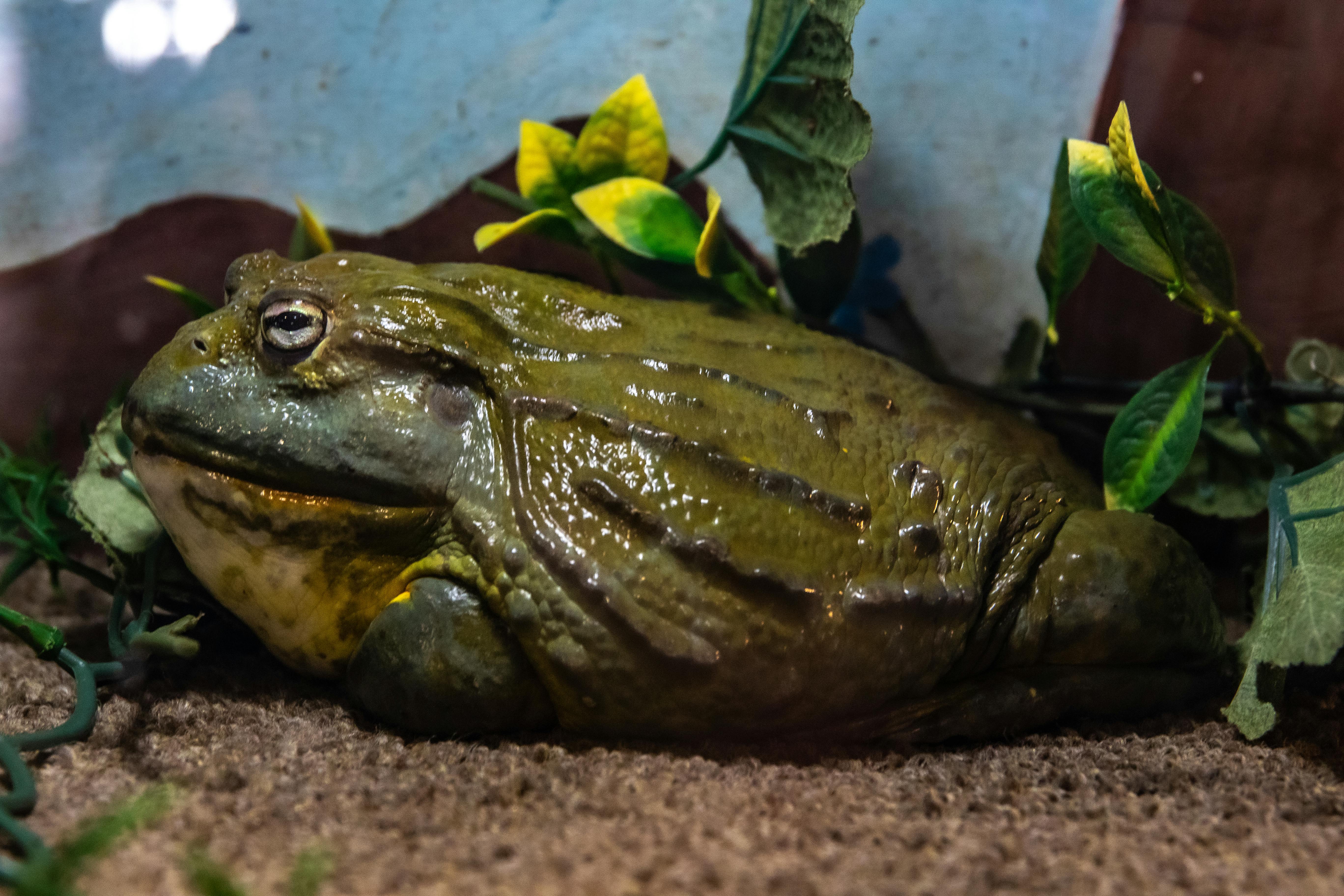Effective Ways to Setup an African Dwarf Frog Tank for Optimal Health in 2025
Creating the ideal habitat for African dwarf frogs is crucial for their health and well-being. These fascinating pets thrive in carefully maintained aquatic environments, reflecting their natural habitat in the wild. An appropriate tank setup not only enhances their quality of life but also reduces the likelihood of health issues and stress. In this guide, we will explore the essential elements needed for an African dwarf frog tank setup, including the right size, filtration systems, decorations, plants, and more.
Additionally, we’ll cover the specific care needs of African dwarf frogs to ensure that they live a long, healthy lifespan. By the end of this article, you will have a comprehensive understanding of how to create a thriving environment for these delightful creatures.
Key Takeaways: Proper tank size, filtration, decorations, water temperature, and tank mates are essential for optimal African dwarf frog care and habitat.

Essential Considerations for African Dwarf Frog Tank Setup
When setting up an African dwarf frog tank, several factors must be considered to create a comfortable and safe habitat. Understanding the frog’s natural environment helps in replicating it as closely as possible. Factors such as tank size, water quality, and preferred decorations play a vital role in their overall health.
Choosing the Right Tank Size
The size of the tank is one of the most critical aspects of African dwarf frog habitat requirements. A minimum tank size of 10 gallons is recommended for a small group of frogs. This allows ample swimming space and helps maintain water quality. A larger tank also offers the opportunity for naturalistic setups, which provide enrichment and safety.
Water Quality and Parameters
Maintaining optimal water quality is crucial for African dwarf frogs. They thrive in water temperatures between 72°F and 78°F. Additionally, the water should be kept clean and well-filtered; using a suitable African dwarf frog tank filtration system will help achieve this. Regular water changes, throughout the week, will also ensure stable water parameters.
Filtration Systems for Optimal Health
An effective filtration system is essential for any aquarium. It helps to break down waste products and maintains oxygen levels in the water. Sponge filters are highly recommended, as they provide gentle filtration and do not create strong currents that can stress the frogs. This method also aids in cycling the tank, ensuring a safe environment for your amphibious pets.
Caring for Your African Dwarf Frog Habitat
Once you’ve established the tank and its components, the next step is to focus on ongoing care to maintain a healthy environment. Understanding the aquatic plants and decorations you introduce is imperative to ensure your frogs feel secure and happy.
Choosing Safe Decorations
The decorations in your African dwarf frog tank should be carefully selected to ensure they are frog-safe and do not pose any choking hazards. Flat rocks, caves, and smooth driftwood can create hiding spots, essential for reducing stress levels. Additionally, avoid any sharp or rough materials that can injure the frogs.
Incorporating Live Plants
Live plants are not only aesthetically pleasing but also beneficial for water quality. Plants provide food sources, shelter, and help in oxygenating the water. Suitable aquatic plants, such as Java Fern and Anubias, thrive in the conditions preferred by these frogs. They also assist in maintaining the tank’s ecosystem by consuming nitrates.
Feeding Schedule and Dietary Needs
Feeding your African dwarf frogs a well-balanced diet is key to their longevity. They are primarily carnivorous and thrive on a variety of foods, including high-quality frog pellets, bloodworms, and brine shrimp. Establishing a regular feeding schedule ensures they receive the nutrition required for optimal health. Feed them small amounts once or twice a day.

Breeding African Dwarf Frogs Successfully
Breeding African dwarf frogs requires specific environmental conditions and care to ensure healthy offspring. Understanding their breeding cycle and creating suitable conditions will enhance your chances of success.
Setting Up for Breeding
To initiate breeding, you will need to slightly alter the tank conditions. Slightly lowering the water temperature to around 68°F can stimulate breeding behavior. Additionally, placing a breeding box filled with soft spawning materials encourages the female to lay eggs safely.
Signs of Healthy Frog Mating Behavior
Observing specific mating behaviors, such as males calling and engaging in courtship displays, is an indicator of readiness to breed. Recognizing these behaviors is crucial for successful breeding and ensuring optimal breeding conditions.
Caring for the Eggs and Tadpoles
Once the eggs are fertilized, they need specific care. Keeping the eggs in a separate breeding tank prevents them from being eaten by adult frogs. After hatching, tadpoles should be fed appropriately to ensure they grow into healthy frogs.
Maintaining a Healthy African Dwarf Frog Environment
Keeping your African dwarf frog tank clean and managing its ecology is essential for their health and happiness. Regular maintenance ensures that redundant waste does not accumulate.
Regular Cleaning Practices
Establishing a routine cleaning schedule contributes significantly to the health of your frog environment. Regularly check your filters, perform partial water changes, and vacuum the substrate to remove waste. Avoid altering the tank’s landscape too frequently, as this may stress the frogs.
Monitoring Water Quality
Using test kits to monitor water parameters, such as ammonia, nitrite, and nitrate levels, is essential. Keeping these within safe limits protects the frogs from potential illness and stress.
Signs of Illness to Watch For
Common signs of illness in African dwarf frogs include lethargy, loss of appetite, and discoloration. Prompt action is crucial in addressing health concerns. Maintaining a well-monitored environment and healthy diet aids in preventing many common issues.
Conclusion: Creating a Thriving African Dwarf Frog Tank
Setting up an African dwarf frog tank for optimal health involves understanding their unique needs in terms of habitat, diet, and care. By considering factors such as tank size, filtration, decorations, and water parameters, you’re well on your way to creating a thriving home for your frogs. Continuous monitoring and proactive maintenance will significantly enhance their quality of life and longevity.
By following these effective ways to set up an African dwarf frog tank, you will not only fulfill their habitat requirements but create a beautiful aquarium that you can enjoy for years to come. For more information on caring for these adorable aquatic pets, check out our detailed care guide and explore the importance of proper tank conditions at this link.
